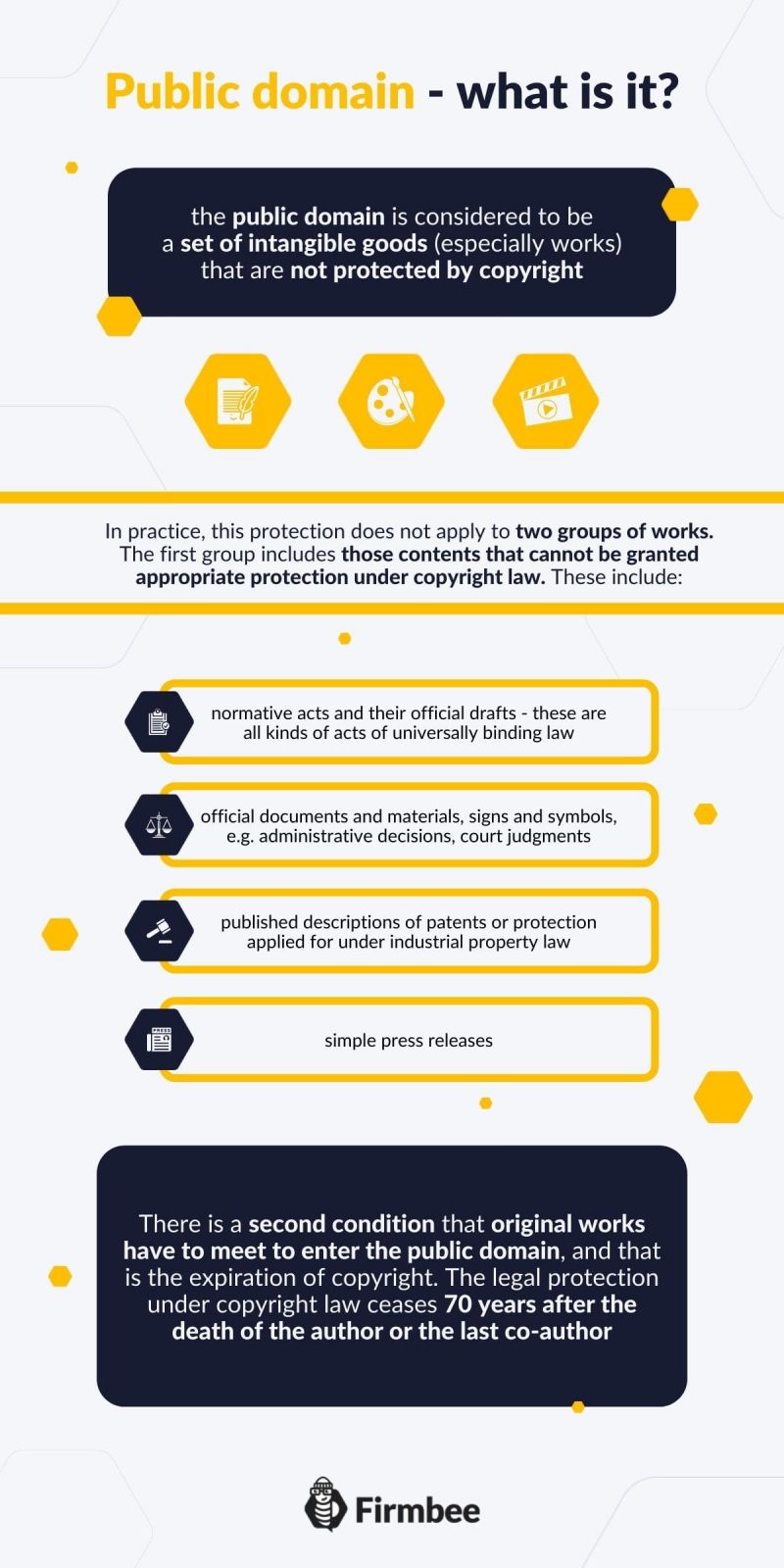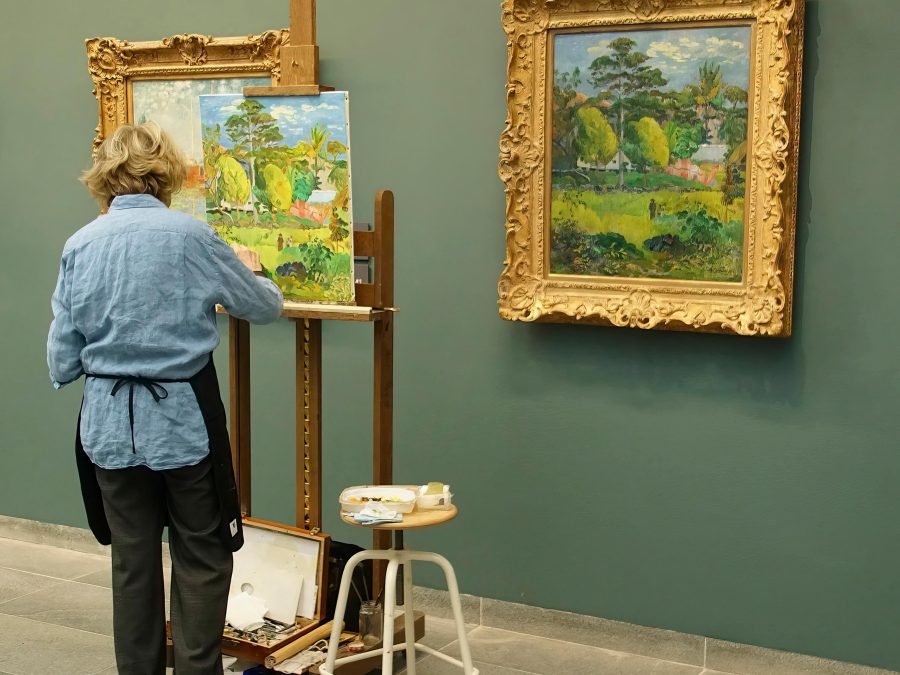Can you use public domain works without restrictions? What are the conditions to use works of artists that passed away many years ago? Is there a golden rule that 70 years is the time after which any original piece becomes a part of the public domain and its author losses royalties? To find out the answers and learn more about the public domain and how to use it safely read on!
Public domain – table of contents:
- Public domain – what is it?
- Public domain vs. copyright
- Does the copyright always expire in 70 years?
Public domain – what is it?
The public domain is in use on daily basis by millions. And they do it completely unconsciously – quoting poems of famous poets, copying paintings of famous painters, or recording an arrangement of their favorite movie tune. The common belief is that the public domain is a defense mechanism that guarantees humanity access to the raw material of culture to enable its further development. Is this access unlimited? And what is the public domain? Read on to find out.
This vague description of the public domain as all artistic works of humanity does not draw clear boundaries. Furthermore, acts of substantive law do not contain a legal definition of this concept, so lawyers assume that: the public domain is considered to be a set of intangible goods (especially works) that are not protected by copyright.
In practice, this protection does not apply to two groups of works. The first group includes those contents that cannot be granted appropriate protection under copyright law. These include:
- normative acts and their official drafts – these are all kinds of acts of universally binding law,
- official documents and materials, signs and symbols, e.g. administrative decisions, court judgments,
- published descriptions of patents or protection applied for under industrial property law,
- simple press releases.
Why did we choose those intangible goods? In the case of legal acts, the answer is simple. Every citizen should have an opportunity to get acquainted with binding legal regulations, which he/she is obliged to obey. Of course, it does mean that the regulations are created in a universally understandable way. The rest of the catalog concerns information that could potentially concern each of us or that has been created by the state or local government administration.
There is a second condition that original works have to meet to enter the public domain, and that is the expiration of copyright. The legal protection under copyright law ceases 70 years after the death of the author or the last co-author. That’s the theory, but what about the practice?

Public domain vs. copyright
In practice, many authors are eager to mislead the public about their actual rights because this is related to the continuity of copyright protection, and thus the possibility to continue profiting from the distribution of the work. After all, nobody is going to voluntarily get rid of the hen that lays the proverbial golden eggs, right?
On top of all this there are also problems with finding out who the author of a given work is, how many authors it has had, and finally, whether we are dealing with an original work at all, and not just a reproductive copy. Representatives of the legal doctrine argue that something that should be simple in theory often turns out to be unworkable in practice.
Does the copyright always expire in 70 years?
It turns out that the statutory term is not always counted in the same way. For example, the public domain in music does not include arrangements of given works. What does this mean? In practice, it means that we can play the legendary Last Christmas at a company Christmas party, but only in the original version. Any alterations and arrangements will be protected under the standard procedure.
In the case of motion pictures, the public domain seems peculiar as the 70 years is counted from the death of… the main director, the author of the screenplay or dialogues or the composer of music. Depends on who passed away most recently.
In the case of books in the public domain, you should pay attention to whether the work you are using is original (this applies especially to works translated from a foreign language). In this case, the time limit is counted from the translator’s death. What is more, many authors want to circumvent the existing regulations by registering selected elements of the work as e.g. trademarks. This is what the heirs of the author of “The Little Prince” did, for example, by registering the characters “Fox” and “Rose”.
Remember that the passage of time itself can be misleading when assessing the expiration of copyright. The public domain grows larger every year, but this does not mean that everything that is “old” must automatically be in it.
Read also: Content strategies for your blog: Hub & Spoke and Pillar.
Do you like our content? Join our Facebook and Twitter community!
Author: Laura Green
There’s probably no social media channel or tactic that Laura doesn’t feel confident about. Whether it’s jumping on the latest TikTok trend, launching a Pinterest campaign, or live-streaming on YouTube - this Social Media Ninja has done it all.


















